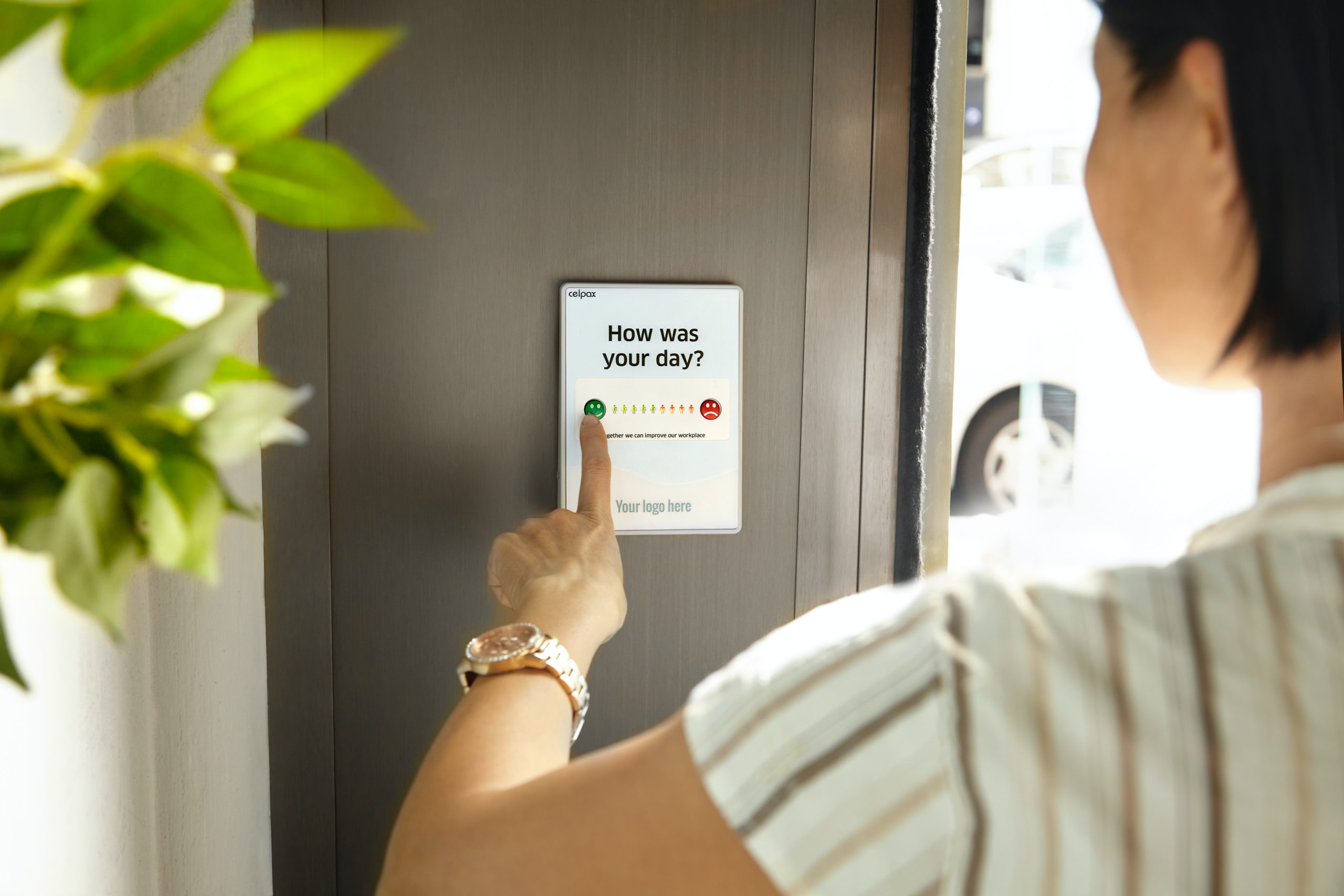Well, its not for the lack of trying…
According to Gallup (and they should know) Employee Engagement in the UK has been woefully poor and without significant improvement for more than two decades.
It is interesting to observe that over the intervening time there has been an ever-increasing amount of effort, investment of resources and use of technology in pursuit of people being more engaged with their work and to have a better relationships between employees and their employer.
What grabs our curiosity is that even though the basic approach doesn’t appear to be working, it has remained largely unchanged for multiple decades (remember ‘attitude surveys’ anyone?)
What we call the surveys has changed a few times, and most now have the wrapper of technology, but beneath that veneer the old routine is still doggedly followed:
- Get data,
- Develop an action plan
- Action the plan
Hang-on, that seems sensible enough, how come that doesn’t get results?
For every problem there is a solution; simple obvious and wrong…
Let’s start by understanding better the approach in your organisation. Does the approach involve…
- A survey that invites feedback about a number of aspects of work (on a scale of 1 to x how do you rate y etc.) and then gives the opportunity for more information, or elicits ideas and suggestions in “free text”
- A survey that takes more than 15 minutes to complete.
- Aggregation of responses into groups, functions or the entire organisation as opposed to individual teams
- A time interval between folk completing the survey and getting the results back that is a month or more
- The output, especially the free text comments being screened by HR and/or the top team before being published
In the context of your organisation, is the answer to three or more of those questions yes? If it is, then the reassuring news is you a very much not alone, this would be true in most organisations, based on what we observe.
Based also on our observations, I’d hazard a guess the response rate is not where you’d like it to be. Am I right? If an improved response rate and ultimately improved Employee Experience is something you’re interested in, you probably should read on.
If we were to start afresh, what would we do?
How about…
- Being guided by validated research on what motivates and demotivates people in organisations. It is interesting that most surveys fail to major on this stuff. If you’re not confident you know what “this stuff” is, there is no better place to start your journey than this from Dan Pink
- Being sensitive to conscious and unconscious bias when formulating questions to for your people to respond to. Direct questions always invite both conscious and unconscious bias. As for judgemental questions, those babies pull the outputs completely out of shape, you don’t want to go there.
- Recognising that organisations are complex, adaptive systems. Which is an over complicated way of saying that the symptoms that your your employees experience often have multiple “under the surface” causes. If you are using a survey, the output may tell you the extent that your people are hacked off, but you won’t really know why. Indeed, even your people themselves may only know in their subconscious, but that’s another story.
- Accepting that people’s experience of their work has much more to do with what goes on in their immediate team, how it is lead, organised and managed than by what gets said and done at the top and centre. Having granularity of data at team level is essential, the climate of your teams is what makes the culture of your organisation. Despite what other consultancies may try and sell you, setting-out to change the culture by acting at the organisational level is, well, kinda futile, sorry.
- Rather than glossy reports and bewildering interactive dashboards, lets have simple, actionable insights that the team can use to get change happening straight away. If your endeavour is going to make a change, it needs to be owned by each team, not retained for nerding-out purposes by HR. Not that there is anything wrong with HR, or nerding-out, we love nothing more than getting geeky with people stuff and data.
If those seem logical and reasonable, where do we go from here?
Well, you change current approach by integrating some of these improvements…
…Or you could check-out The Vitality Index…
The Vitality Index brings together all these positive attributes in one simple, proven package.
It is a diagnostic, not a survey. Based on our own, independently validated research into high vitality organisations, in combination with a bit of AI, it helps the team identify actionable causes. Which is infinitely better than regurgitating symptoms, they know those, that’s what they said in the survey.
It connects teams with their purpose, and sets them on a path of increasing autonomy and unending learning. The three things that have been shown through research to intrinsically motivate people in organisations. Does anyone re,member a video featuring the voice of Dan Pink?
It operates primarily at a team level. Lumping responses together and looking at ranges and averages is a fantastic way to lose all the value in the data. The insight and the action that results from it needs to be owned by the team, therefore it should relate only to that team. After all, they don’t need to be dealing with other people’s challenges, they’ve got enough exciting stuff of their own to be cracking-on with.
It’s sole focus is to stimulate change. Real change, change that the team are leading and feel good about, whilst engendering the habit of “safe to try” experimentation. Which as well as being fun, is rewarding as it unlocks improvements, and we all love a bit of improvement.
The outputs are centred on ways of working, management practices, processes and behaviours. Gallup’s own data shows that 70% of our experience of work results from these factors. So, unless we are changing them, we shouldn’t expect employee engagement to change. Hang-on just a minute; maybe that’s what’s behind the near zero improvement for for 20+ years? Who knew?
It rapidly builds momentum. We aim to be feeding back insights and facilitating the development of the first improvement experiments within a few days of the last person completing the diagnostic. In most organisations, this alone gets people’s attention. “Wow, maybe things really will change this time” Is a reaction we get quite a lot, we love that…
This is about much more than attracting and retaining talent isn’t it? For so many reasons you want people to love their work don’t you?
Well, if you do, you might just have to be brave and try a different approach.
We have no shame in offering a radically different approach, especially one which we know works. We are very comfortable being an outlier to the majority of providers in the Organisational Development space.
We don’t follow the crowd, or the money. Challenges in organisational dynamics are, by definition, wicked and messy, and yet most providers offer simple, unresponsive solutions. Replicable and therefore inexpensive for them, but sadly incapable of dealing with that inherent complexity.
We have optimised to serve organisations that are purposeful, progressive and those that are scaling. We offer highly personalised service, value the relationships we hold with those we serve, and based on our unique diagnostics and interventions co-create healthy, participative change in organisations. Quite simply we do what we love, and love what we do.
You and your people could too.
Why not get in touch, we would love to hear from you.

